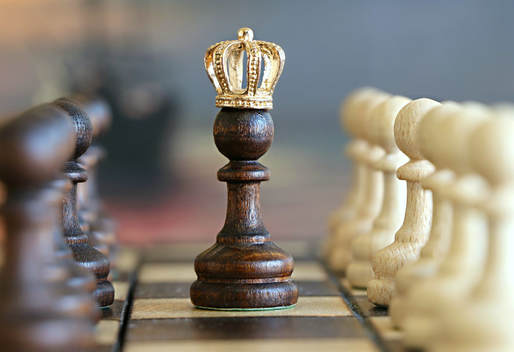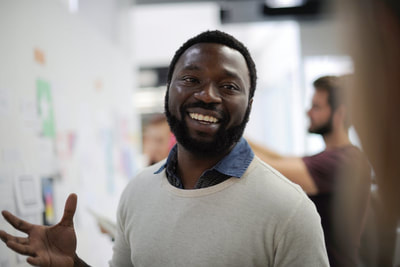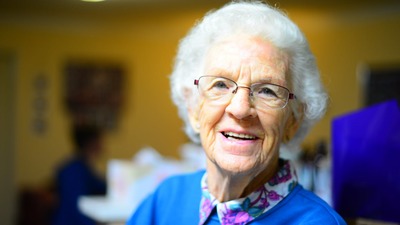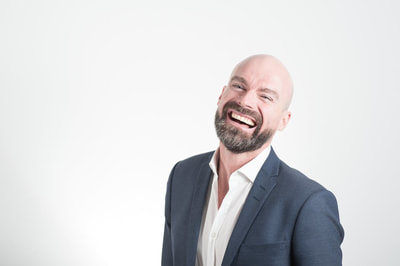|
I just finished reading Norman Doige's 'The Brain That Changes Itself', a book on the way our brain can rewire itself in response to circumstance and training. This plasticity is what is being exercised during Alexander Technique lessons--our habits our wired one way, and by giving a process to step outside of them the Alexander Technique loosens these habits and strengthens new ones, eventually allowing the new habits to become fixed. It's pretty cool stuff (Doige will be speaking at the International Alexander Technique Congress taking place at Loyola University Chicago this summer)!
One aspect of this process I find particularly important is the idea that in order to cement these new habits we need to have a feeling of reward attached to the change (literally dopamine coming into our system). Without it, our brain doesn't reorganize effectively. Anybody who has taken an Alexander Technique lesson knows this can be initially hard to come by--working against your habit can feel disorienting and feel 'wrong' until you get used to it. We are also maddeningly wired to pay more attention to problems than progress (see the indispensable 'Thinking Fast and Slow' by Daniel Kahneman) and tend to skip rewarding ourselves in order to work on the next thing we find wrong with ourselves. In doing this, we actually slow progress and can trap ourselves in our old habits. There are several things I do as a teacher to try to help students feel reward for changing and taking risks:
There is one other way in which I work with clients to create a feeling of reward: tying in unrelated prize to something you are uncomfortable doing. Specific goals with specific rewards can help us overcome the hump of trying to create change in our lives. The beauty is that it doesn't always have to be complicated. I once had a student make significant progress by promising to buy her her favorite candy if she did Active Rest every day for a month. Not only did she make progress on her goals, but it has cemented the habit--she now continues to do lie downs every day without any sugary reward. I guess the takeaway is simple: Whatever aspect of your life you are trying to improve right now, don't skip the reward. Without it, all of the hard work in the world might not get you very far.
0 Comments
Does the way you move feel like 'you'? In our 40 minute free April mini-webinar, we will explore different postural and movement options and give you the opportunity to experiment with what resonates most with you. RSVP on the form below to register and get the link to join (you will also get an email the day before the workshop with info about the webinar and how to join). Saturday April 14th, 11am via Zoom. 3/13/2018 3 Comments You Don't Have Bad PostureThere is a moment near the beginning of almost every first appointment I have with a client when they look down for a moment and their face freezes.
'I have always had bad posture. I need to work on that.' they say in a quiet voice. There is an air of shame about the statement. The idea of good and bad posture is pervasive in our society. Whether its a nun with a ruler or a practitioner who tells you that your chronic pain is caused by not 'sitting up straight', we all feel that there is some gold standard of shape that we are all falling short of. The answer is plainly that there isn't. If this answer surprises you, let's look at the science. A 2012 study of 295 physiotherapists found that vast disagreements exist about what good sitting posture or even a neutral spinal is. What we think of as 'good' posture has more of a root in puritanism and military culture than it does in anything anatomical. Often, our idea of what posture we should be adopting has more to do with appearance than health and is tied to the body shaming pervasive in our society. What is even more disturbing is when posture is pathologized. The shape we hold ourselves in is often blamed for conditions like back and neck pain, but the truth is that there is little evidence to back this up and in fact plenty to the contrary. Studies have found that people of all shapes have pain, while people of all shapes also are pain free, suggesting there is no one-to-one relation between postural shape and chronic pain. Well meaning people can accidentally instill a nocebo (like placebo, but in the other direction) effect and actually make pain worse by perpetuating this myth. (for more about the complexities of pain science, read this excellent article--its an investment but worth it). In our Alexander Technique lessons, the goal isn't to mold you into some ideal shape that you've been failing at--it is to help you to release habits that have been imposed on your body that are keeping you from living with space and ease and to forge a deeper connection between body and mind. Most often the first habit we look at is this habit of trying to assume 'good posture' and why it fails--in trying to twist ourselves into an artificial shape, we use muscles against their design, over-stabilize, and exhaust ourselves. There is nothing wrong with your shape. It is beautiful. And working together, we can help you to get the most out of it. To learn more about why you should embrace the idea of imperfect posture, check out our free monthly webinar Saturday March 17th at 2pm. |
Thoughts on what is going on in the work and the world right now. Many posts to come. Archives
June 2021
Categories |








 RSS Feed
RSS Feed